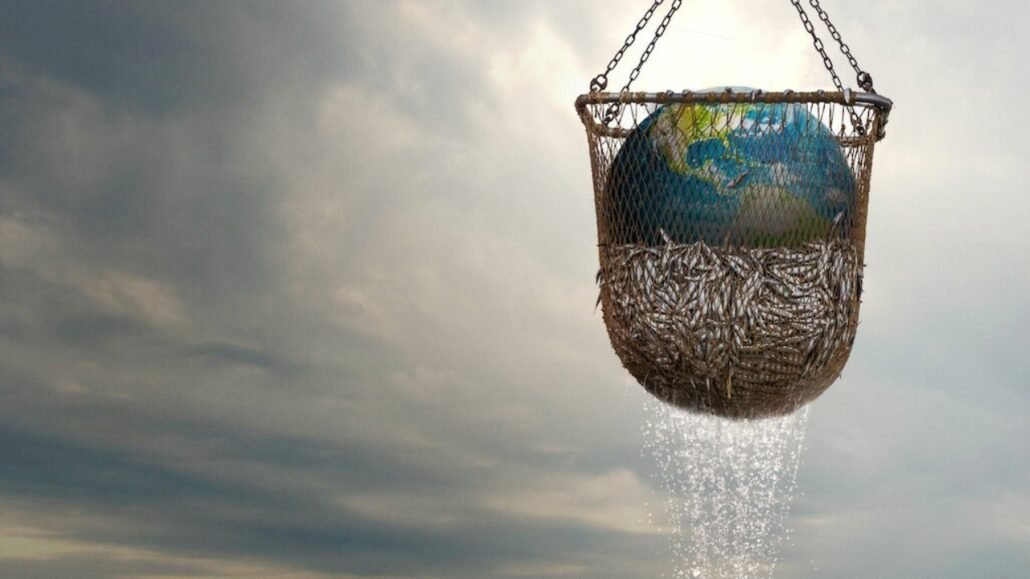As a kid we loved to watch dolphins and other aquatic mammals in the marine park entertainment industries and aquariums. The oceans are home to nearly 80% of life on earth and yet the vast majority of the seas are not explored.
On one hand, the explored seas are exploited without sustainable management, on the contrary, the duties of International agencies to protect marine mammals are compromised. You will be amazed to know that the life of human beings directly depends on whales and other aquatic mammals.
Interconnected lives: whales and human beings
The dolphins and whales are not only known for their intelligence but they keep the entire ocean alive. When dolphins and whales show up to the surface to breathe they fertilise tiny marine plants in the ocean called phytoplankton. This phytoplankton absorbs four times the amount of carbon dioxide than the Amazon rainforest and generates 85% of all oxygen we breathe. This phytoplankton is also the food for small fishes and other mammals.
In fact, 93% of the world’s CO2 is stored in the ocean with the help of marine vegetation, corals and algae. Simply, if the dolphins and whales die, the ocean dies and if the ocean dies we die. The United Nations Environment Programme (UNEP) in October 2019 released an article quoting “Protecting whales to protect the planet”, indicating the interconnected lives of humans and whales.
The major impact on Oceans: fishing industry/commercial fishing
Even though whale hunting was banned in 1986, many countries like Japan are practicing this activity daily. The major reason for killing dolphins and whales in Japan and many other countries is pest control. Many fishers think that the existence of dolphins affects fishes in the oceans and the only way to stop this was by slaughtering dolphins and reviving the economy. Bluefin tuna, the most expensive fish in the world, captured in Japan, will be sold for 3 million dollars in the Tokyo fish market. There are only 3% of this fish alive in the world.
Apart from this, the shark finning industry is a criminal and mafia involved industry who doesn’t want anyone to expose them to the world. The fins of the sharks were cut off and exported to China for shark fin soup. This soup does not have any nutritional benefits and the only reason for eating it is for revealing social status. Sharks are similarly important like that of dolphins and whales, they keep the ecosystem, coral reefs and fish stock healthy and alive.
The entire food chain of the marine ecosystem will be disturbed if the top predators are finned and killed. Around the world on an average sharks kill about 10 people per year and comparatively humans kill around 11,000 to 30,000 sharks per hour.
Nearly 50 million sharks are killed in the name of Bycatch, accidentally catching sharks rather than targeted species and by the time they are thrown back into the oceans most of them are dead already. Over 3 lakh dolphins and whales are killed annually because of bycatch of industrial fishing. The International dolphin-free symbol on tuna cans is traded with money.
Everyone knows that plastic is thrown into oceans but no one knows exactly which plastic is affecting the fish, it is the fishing nets and fishing gear. Nearly 46% of plastic thrown into the Great Pacific garbage patch are the fishing nets, which are far more dangerous to marine animals when compared to plastic straws. It is estimated that plastic straws accounted for only 0.03% of plastic entering the ocean. In reality, less than 1% of oceans are protected and regulated on the planet.
Fish Farming
Everyone thinks that fish farming is a sustainable way of consuming fish with no bycatch. But there is another severe problem with this type of farming. Farmed fish diseases like anemia, lice infestation, infectious diseases, chlamydia and heart diseases kill the fishes in large quantities. Also, the food required for fish in this farming is the oil and dry meat of fish itself. Therefore, they need to kill more fish to breed the fish.
Slave Labour
In order to gain cheap and free labour, the only way seen by shrimp and prawn fishers of Thailand is slave labour. The liberty of the slaves was taken away in a way that they are not supposed to talk to their parents and any other family members. They can be killed and thrown in the open sea if found guilty of any charges. They were bullied and whenever seen sick or tired, a bucket of boiling water would be splashed on their face, not to mention threatening them with a gun.
This article is inspired by a documentary called Seaspiracy. The documentary reveals the reality of commercial fishing and slave labour. The documentary is worth watching and gives a certain impression on fisheries of the world.
